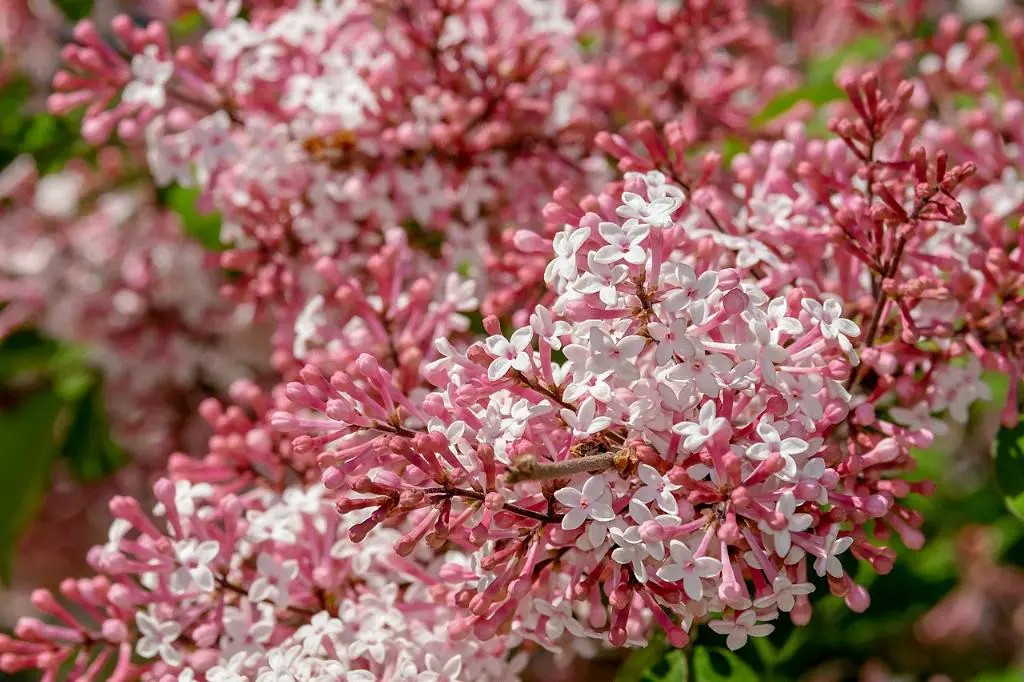When it comes to the safety of pets, particularly cats, it’s crucial to be aware of the plants and flowers that can potentially pose a risk to their health. One common question that arises among pet owners is whether lilacs, known for their beautiful blooms and fragrant aroma, are toxic to cats.
The Distinction Between Common Lilacs and Persian Lilacs
It’s important to note that there are different types of lilac plants, namely the common lilac (Syringa vulgaris) and the Persian lilac of the Melia genus. While the common lilac is generally considered safe for all animals, including cats, the Persian lilac is known to be highly toxic to felines.
Potential Dangers of Persian Lilacs for Cats
If a cat were to ingest parts of the Persian lilac plant, they could experience a range of adverse effects on their health. These may include gastrointestinal distress, such as vomiting and diarrhea, as well as more severe symptoms like muscle weakness, tremors, and even seizures.
Safe Alternatives for Cat-Friendly Gardens
For cat owners who wish to cultivate a garden that is safe for their feline companions, opting for common lilacs instead of Persian lilacs is a wise choice. Common lilacs not only add beauty and fragrance to outdoor spaces but also provide a safe environment for cats to explore without the risk of toxicity.
Recognizing the Signs of Lilac Plant Ingestion in Cats
If a cat has been exposed to a toxic plant like the Persian lilac, it’s essential for pet owners to be vigilant for any signs of distress or unusual behavior. Symptoms of plant ingestion can vary depending on the amount consumed and may manifest as gastrointestinal issues, weakness, or neurological abnormalities.
Immediate Steps to Take in Case of Lilac Ingestion
If a cat is suspected of ingesting a toxic plant like the Persian lilac, prompt action is necessary to ensure their well-being. Contacting a veterinarian or a poison control hotline can provide guidance on the next steps to take, which may include monitoring the cat’s symptoms or seeking emergency medical treatment.
The Importance of Pet-Friendly Plant Choices
As responsible pet owners, it’s crucial to be mindful of the plants and flowers we introduce into our homes and gardens. Choosing cat-friendly varieties like the common lilac can help create a safe and enriching environment for our feline companions to enjoy without the risk of potential toxicity.
Educating Others on Pet Safety and Plant Awareness
By sharing information about toxic plants like the Persian lilac and promoting awareness of pet-safe alternatives, we can contribute to the well-being of pets in our communities. Educating others on the importance of plant safety for cats can help prevent accidental ingestions and potential health risks.
Creating a Cat-Safe Environment in Your Home
In addition to being mindful of outdoor plants, it’s essential to create a cat-friendly environment indoors as well. Removing toxic plants from indoor spaces and providing safe alternatives can ensure that cats are surrounded by a secure and nurturing environment that supports their health and well-being.
Final Thoughts on Lilacs and Cat Safety
While the allure of lilacs may tempt cat owners to include them in their gardens, it’s crucial to prioritize the safety of feline companions by choosing non-toxic varieties. By understanding the potential risks associated with plants like the Persian lilac and opting for cat-friendly alternatives, we can create a harmonious and safe environment for our beloved pets to thrive.

